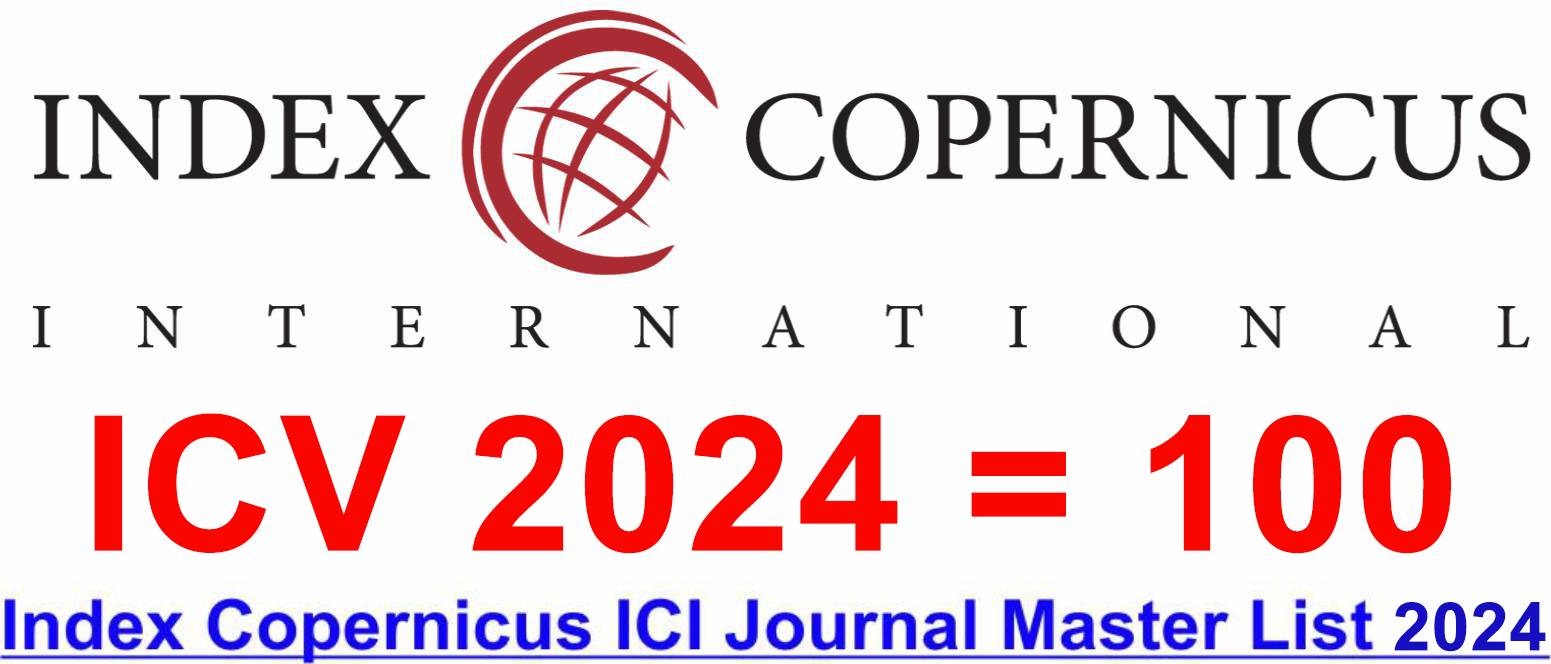A Survey of Machine Learning Based Methods for the Diagnosis of Mental Health
DOI:
https://doi.org/10.46977/apjmt.2022.v03i02.004Keywords:
Mental Health, Machine Learning, Bipolar Disorder, Schizophrenia, DepressionAbstract
Introduction: Mental illnesses like depression, schizophrenia, bipolar disorder, etc. have become widespread in today’s society. More than 7.5% of Indians suffer from some kind of mental disorder. Early detection of mental illness is important for treatment as well as to prevent self-harm. Traditionally, the diagnosis involved answering a specifically designed questionnaire at the doctor’s clinic. Methods: Mental health data, however, can also be collected from other sources like social media posts, wearable smart-devices, etc. Manual analysis of the patient data may not reveal all the information. Hence, diagnostic errors are common. In recent times Machine Learning (ML) algorithms have been successfully employed for the identification of critical symptoms, the development of diagnostic modules, and the personalization of therapy. Result : Authors have systematically reviewed 40 papers that used Machine Learning based techniques for the diagnosis of mental disorders and chose 25 of them for the survey. This paper provides an overview of the application of ML in mental healthcare. It has been focused here on the state-of-the-art Machine Learning based work on mental health. Discussion: The majority of the papers consulted so far concentrated on finding whether a subject belongs to a diagnostic category. Classifying into one broad category, however, does not take into account the variability of the symptoms. Conclusion: The authors identified some major research prospects in the early detection of schizophrenia.
Downloads
References
Abuse, S. (2020). Key substance use and mental health indicators in the United States: results from the 2019 National Survey on Drug Use and Health.
Adamou, M., Antoniou, G., Greasidou, E., Lagani, V., Charonyktakis, P., Tsamardinos, I., & Doyle, M. (2018). Toward automatic risk assessment to support suicide prevention. Crisis.
Blain, L. M., Galovski, T. E., & Robinson, T. (2010). Gender differences in recovery from posttraumatic stress disorder: A critical review. Aggression and violent behavior, 15(6), 463-474.
Chang, K. H., Chan, M. K., & Canny, J. (2011). Analyzethis: Unobtrusive mental health monitoring by voice. In CHI'11 Extended Abstracts on Human Factors in Computing Systems (pp. 1951-1956).
Chang, K. H., Chan, M. K., & Canny, J. (2011). Analyzethis: Unobtrusive mental health monitoring by voice. In CHI'11 Extended Abstracts on Human Factors in Computing Systems (pp. 1951-1956).
Chen, M., Mao, S., & Liu, Y. (2014). Big data: A survey. Mobile Networks and Applications, 19(2), 171-209.
Chen, X., Sykora, M. D., Jackson, T. W., & Elayan, S. (2018, April). What about mood swings: Identifying depression on twitter with temporal measures of emotions. In Companion Proceedings of the The Web Conference 2018 (pp. 1653-1660).
De Choudhury, M., Kiciman, E., Dredze, M., Coppersmith, G., & Kumar, M. (2016, May). Discovering shifts to suicidal ideation from mental health content in social media. In Proceedings of the 2016 CHI conference on human factors in computing systems (pp. 2098-2110).
Fatima, I., Mukhtar, H., Ahmad, H. F., & Rajpoot, K. (2018). Analysis of user-generated content from online social communities to characterise and predict depression degree. Journal of Information Science, 44(5), 683-695.
Feng, C., Gao, H., Ling, X. B., Ji, J., & Ma, Y. (2018, March). Shorten bipolarity checklist for the differentiation of subtypes of bipolar disorder using machine learning. In Proceedings of the 2018 6th International Conference on Bioinformatics and Computational Biology (pp. 162-166).
Frogner, J. I., Noori, F. M., Halvorsen, P., Hicks, S. A., Garcia-Ceja, E., Torresen, J., & Riegler, M. A. (2019, October). One-dimensional convolutional neural networks on motor activity measurements in detection of depression. In Proceedings of the 4th International Workshop on Multimedia for Personal Health & Health Care (pp. 9-15).
Garcia-Ceja, E., Riegler, M., Jakobsen, P., Torresen, J., Nordgreen, T., Oedegaard, K. J., & Fasmer, O. B. (2018, June). Motor activity based classification of depression in unipolar and bipolar patients. In 2018 IEEE 31st International Symposium on Computer-Based Medical Systems (CBMS) (pp. 316-321). IEEE.
Healthline (2nd November 2021). Could It Be Bipolar Disorder? Signs to Look For. https://www.healthline.com/health/could-it-be-bipolar-signs-to-look-for
Jeong, S., & Breazeal, C. L. (2016, October). Improving smartphone users' affect and wellbeing with personalized positive psychology interventions. In Proceedings of the Fourth International Conference on Human Agent Interaction (pp. 131-137).
Joshi, D. J., Makhija, M., Nabar, Y., Nehete, N., & Patwardhan, M. S. (2018, January). Mental health analysis using deep learning for feature extraction. In Proceedings of the ACM India Joint International Conference on Data Science and Management of Data (pp. 356-359).
Lovejoy, C. A. (2019). Technology and mental health: the role of artificial intelligence. European Psychiatry, 55, 1-3.
Mallol-Ragolta, A., Dhamija, S., & Boult, T. E. (2018, October). A multimodal approach for predicting changes in PTSD symptom severity. In Proceedings of the 20th ACM International Conference on Multimodal Interaction (pp. 324-333).
Mayo Clinic. (2020). Schizophrenia. https://www.mayoclinic.org/diseases-conditions/schizophrenia/symptoms-causes/syc-20354443
McClellan, C., Ali, M. M., Mutter, R., Kroutil, L., & Landwehr, J. (2017). Using social media to monitor mental health discussions− evidence from Twitter. Journal of the American Medical Informatics Association, 24(3), 496-502.
Mitra, V., Shriberg, E., McLaren, M., Kathol, A., Richey, C., Vergyri, D., & Graciarena, M. (2014, November). The SRI AVEC-2014 evaluation system. In Proceedings of the 4th International Workshop on Audio/Visual Emotion Challenge (pp. 93-101).
Moturu, S. T., Khayal, I., Aharony, N., Pan, W., & Pentland, A. (2011, August). Sleep, mood and sociability in a healthy population. In 2011 Annual International Conference of the IEEE Engineering in Medicine and Biology Society (pp. 5267-5270). IEEE.
Nobles, A. L., Glenn, J. J., Kowsari, K., Teachman, B. A., & Barnes, L. E. (2018, April). Identification of imminent suicide risk among young adults using text messages. In Proceedings of the 2018 CHI Conference on Human Factors in Computing Systems (pp. 1-11).
Ojeme, B., & Mbogho, A. (2016). Selecting learning algorithms for simultaneous identification of depression and comorbid disorders. Procedia Computer Science, 96, 1294-1303.
Rastogi, N., Keshtkar, F., & Miah, M. S. (2018, October). A multi-modal human robot interaction framework based on cognitive behavioral therapy model. In Proceedings of the Workshop on Human-Habitat for Health (H3): Human-Habitat Multimodal Interaction for Promoting Health and Well-Being in the Internet of Things Era (pp. 1-6).
Ray, A., Kumar, S., Reddy, R., Mukherjee, P., & Garg, R. (2019, October). Multi-level attention network using text, audio and video for depression prediction. In Proceedings of the 9th International on Audio/Visual Emotion Challenge and Workshop (pp. 81-88).
Saha, K., & De Choudhury, M. (2017). Modeling stress with social media around incidents of gun violence on college campuses. Proceedings of the ACM on Human-Computer Interaction, 1(CSCW), 1-27.
Shatte, A. B., Hutchinson, D. M., & Teague, S. J. (2019). Machine learning in mental health: a scoping review of methods and applications. Psychological Medicine, 49(9), 1426-1448.
Spathis, D., Servia-Rodriguez, S., Farrahi, K., Mascolo, C., & Rentfrow, J. (2019, July). Sequence multi-task learning to forecast mental wellbeing from sparse self-reported data. In Proceedings of the 25th ACM SIGKDD International Conference on Knowledge Discovery & Data Mining (pp. 2886-2894).
Srividya, M., Mohanavalli, S., & Bhalaji, N. (2018). Behavioral modeling for mental health using machine learning algorithms. Journal of medical systems, 42(5), 1-12.
Truschel, J. & Tzeses, J. (22nd December 2021). Top Mental Health Apps: An Effective Alternative for When You Can't Afford Therapy?. https://www.psycom.net/25-best-mental-health-apps
Tsiakas, K., Watts, L., Lutterodt, C., Giannakopoulos, T., Papangelis, A., Gatchel, R., ... & Makedon, F. (2015, July). A multimodal adaptive dialogue manager for depressive and anxiety disorder screening: a Wizard-of-Oz experiment. In Proceedings of the 8th ACM International Conference on PErvasive Technologies Related to Assistive Environments (pp. 1-4).
van den Broek, E. L., van der Sluis, F., & Dijkstra, T. (2013). Cross-validation of bimodal health-related stress assessment. Personal and Ubiquitous Computing, 17(2), 215-227.
Walker, J. (2015). Can a Smartphone Tell If You’re Depressed?. The Wall Street Journal.
World Health Organization. (2001). The World Health Report 2001: Mental health: new understanding, new hope.
Wu, S., Falk, T. H., & Chan, W. Y. (2011). Automatic speech emotion recognition using modulation spectral features. Speech communication, 53(5), 768-785.
Yates, A., Cohan, A., & Goharian, N. (2017). Depression and self-harm risk assessment in online forums. arXiv preprint arXiv:1709.01848.
Yazdavar, A. H., Mahdavinejad, M. S., Bajaj, G., Romine, W., Sheth, A., Monadjemi, A. H., ... & Hitzler, P. (2020). Multimodal mental health analysis in social media. Plos one, 15(4), e0226248.
Zakaria, C., Balan, R., & Lee, Y. (2019). StressMon: scalable detection of perceived stress and depression using passive sensing of changes in work Routines and group interactions. Proceedings of the ACM on Human-Computer Interaction, 3(CSCW), 1-29.
Published
How to Cite
Issue
Section
Copyright (c) 2022 Asia-Pacific Journal of Management and Technology (AJMT)

This work is licensed under a Creative Commons Attribution-NonCommercial 4.0 International License.
















